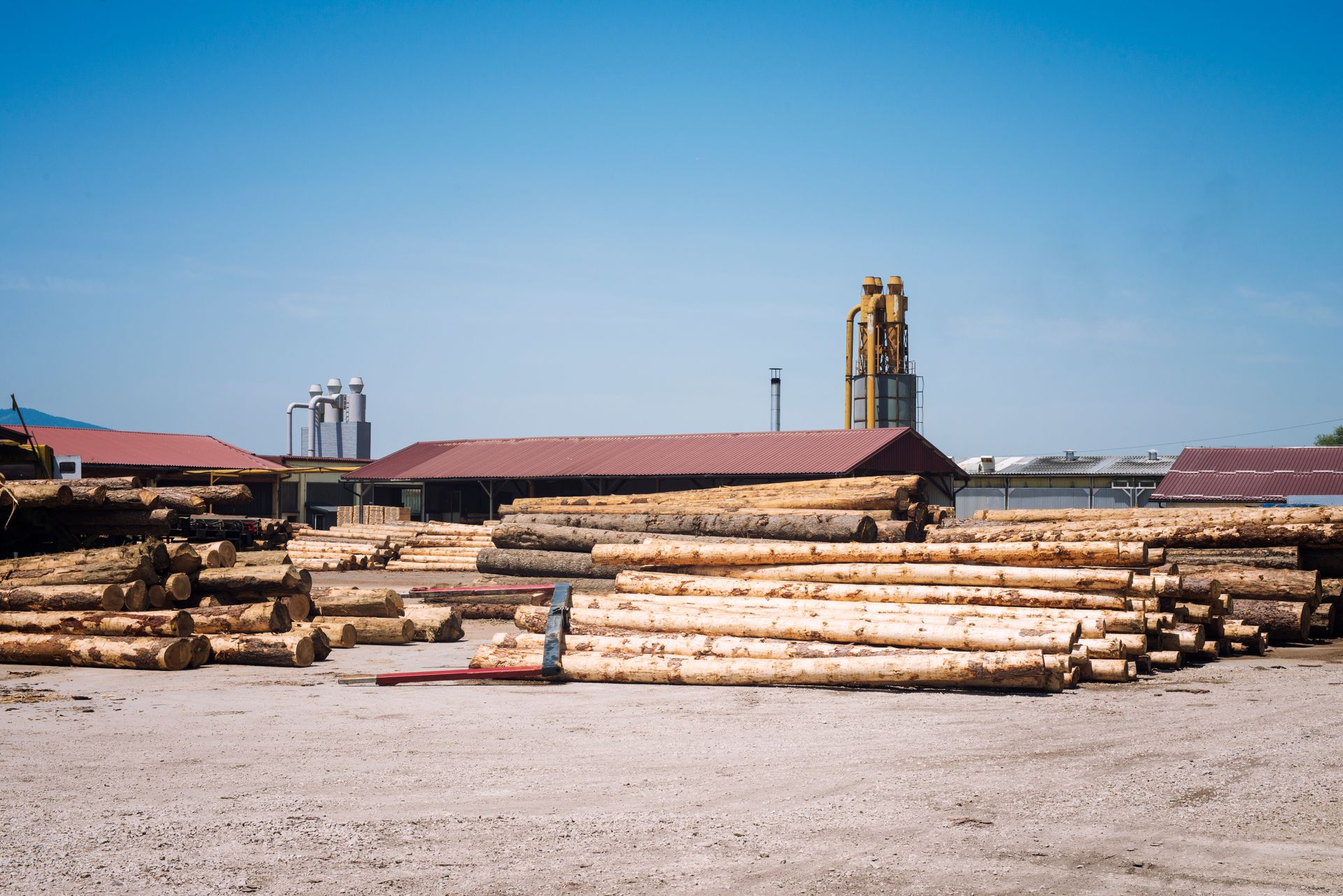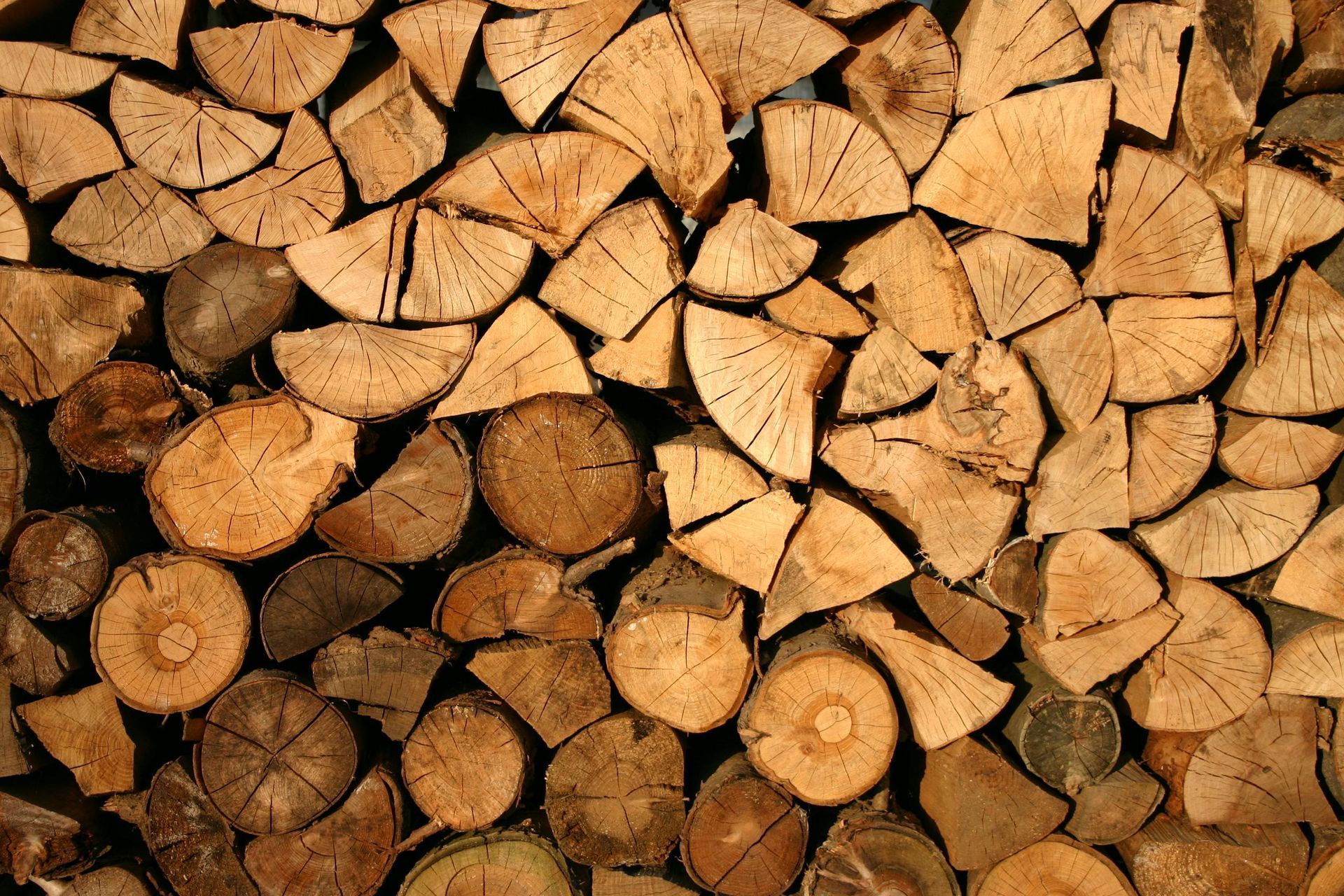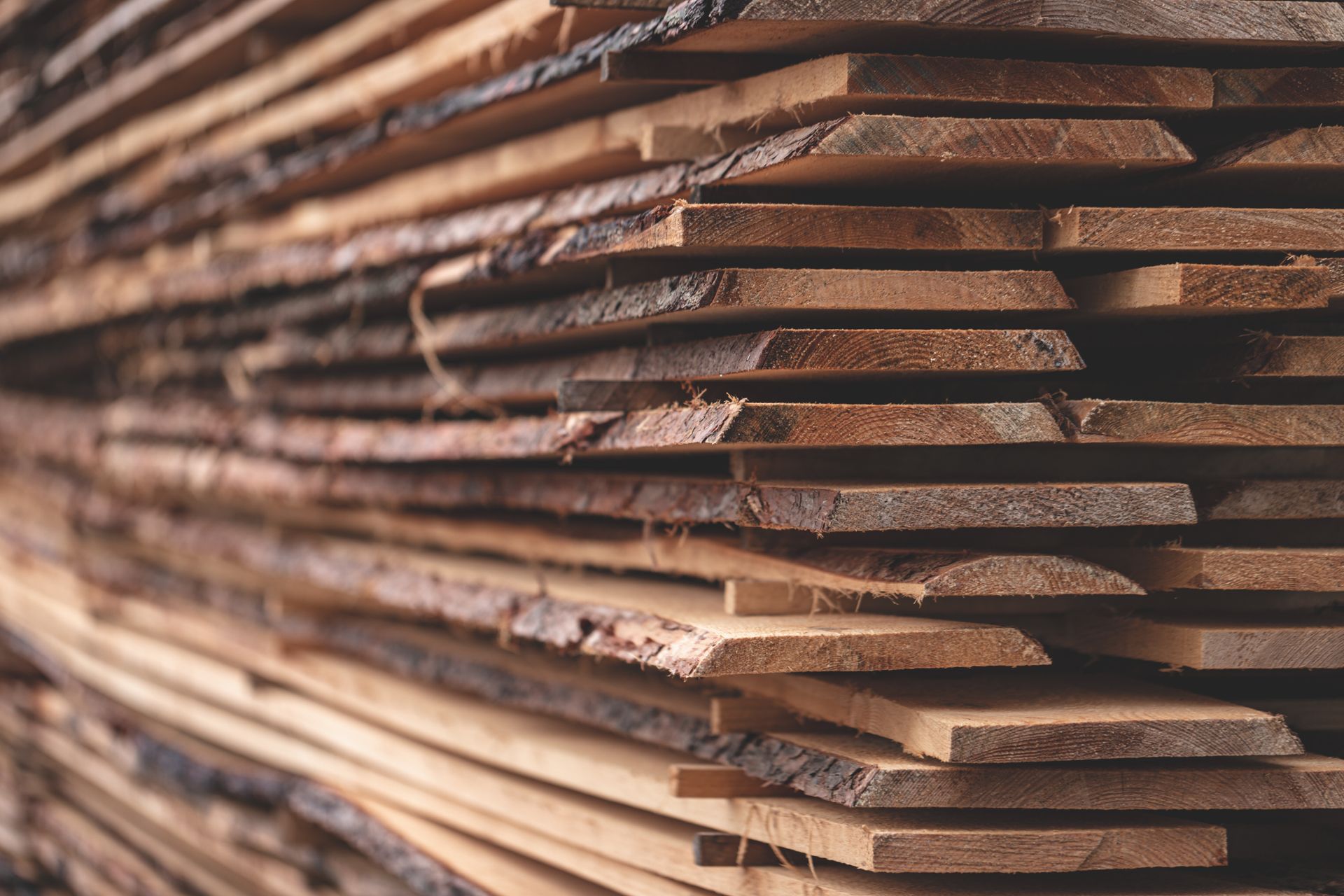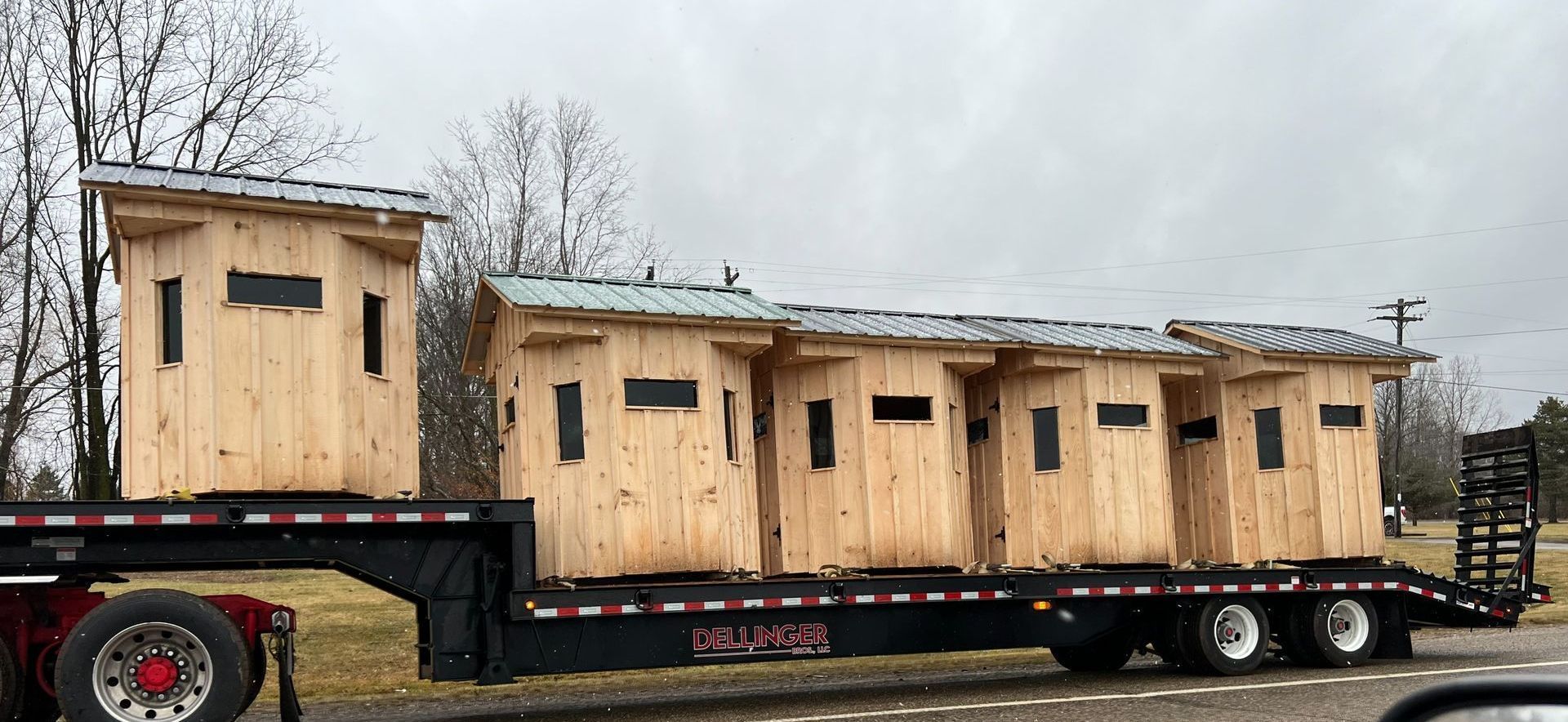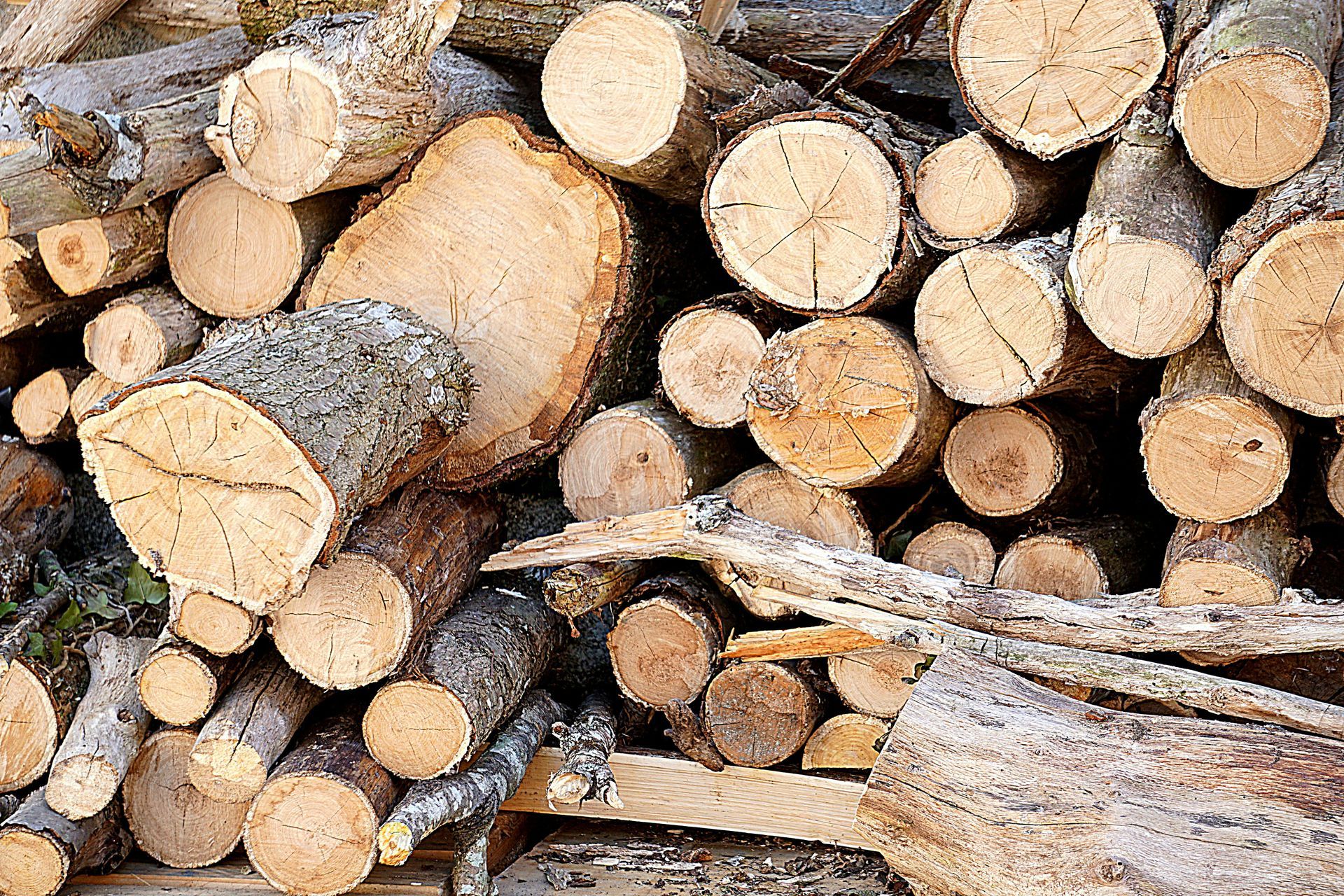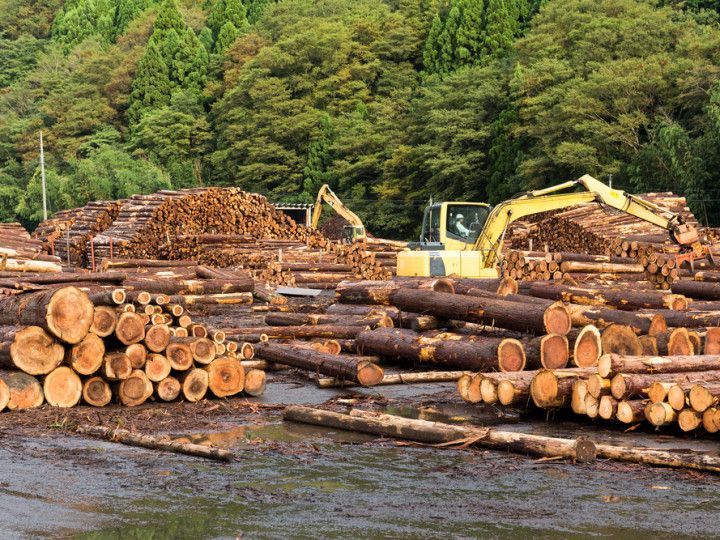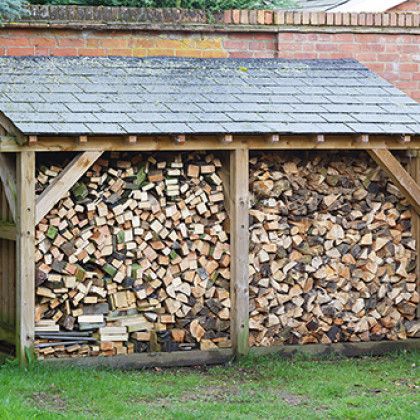Proper Wood Storage: Tips for Preserving Lumber Quality
When it comes to preserving the quality of lumber, proper storage is essential. Whether you're a seasoned woodworker, a DIY enthusiast, or a business dealing with wood materials, understanding how to store wood correctly can significantly impact its durability, strength, and overall appearance. At
Potterville Sawmill in Charlotte, MI, we understand the importance of high-quality wood and how proper storage can help maintain it. In this blog post, we'll discuss key tips for preserving lumber quality, ensuring that your wood remains in prime condition for all your projects.
City skyline
Understanding the Importance of Proper Wood Storage
Proper wood storage isn't just about keeping your lumber organized; it's about preserving its integrity over time. Wood is affected by its environment. It expands and contracts with changes in humidity and temperature, which can lead to warping, cracking, or other forms of damage if not stored correctly. By taking the time to store your wood properly, you can prevent these issues, ensuring that your lumber remains in excellent condition for future use.
For businesses and individuals alike, maintaining the quality of wood is crucial. Poor storage conditions can lead to financial losses due to the degradation of materials, not to mention the frustration of working with damaged wood. Whether you're storing wood for a short period or long-term, following proper storage guidelines will help you get the most out of your lumber.
Choosing the Right Storage Location
The location where you store your wood plays a significant role in preserving its quality. Ideally, wood should be stored in a dry, well-ventilated area where temperature and humidity levels are relatively stable. Extreme fluctuations in these conditions can cause wood to warp or crack.
- Indoor Storage: If possible, store your lumber indoors, away from direct sunlight and moisture. Basements, garages, or dedicated storage rooms are ideal locations. Ensure that the space is well-ventilated to prevent the buildup of moisture, which can lead to mold and rot.
- Outdoor Storage: If indoor storage isn't an option, take extra precautions when storing wood outdoors. Raise the wood off the ground to prevent it from soaking up moisture from the earth. Use a tarp or other waterproof cover to protect the wood from rain, snow, and direct sunlight, but ensure there is adequate airflow underneath the cover to prevent condensation.
- Temperature and Humidity Control: If you're storing wood in a climate-controlled environment, aim to keep the temperature between 60-80°F and humidity levels around 30-50%. These conditions mimic those of a typical indoor setting, reducing the risk of wood movement.
Stacking Lumber Properly
How you stack your lumber can also affect its quality over time. Proper stacking helps maintain the wood's shape, prevents warping, and ensures even air circulation around each piece.
- Flat Stacking: For most types of lumber, flat stacking is the preferred method. Lay the boards flat on a level surface, with each layer separated by evenly spaced stickers (thin strips of wood). The stickers should be placed at regular intervals, typically every 12-18 inches, to support the weight of the boards above and allow for air circulation.
- Vertical Storage: If space is limited, vertical storage can be an option, but it requires careful attention. Ensure that the wood is supported along its entire length to prevent bowing or sagging. Use sturdy supports and avoid leaning the wood against walls at an angle, as this can cause warping over time.
- Avoid Overstacking: When stacking wood, avoid piling too much weight on the lower layers. Overstacking can compress the wood and lead to deformation. It's better to create multiple smaller stacks than one large, heavy pile.
Protecting Wood from Moisture
Moisture is one of the biggest threats to the quality of lumber. Excess moisture can cause wood to swell, warp, or develop mold and rot. Conversely, overly dry conditions can lead to cracking. Here's how to protect your wood from moisture-related damage:
- Use Moisture Barriers: When storing wood on concrete floors or other surfaces that can transfer moisture, use a moisture barrier, such as plastic sheeting or pallets, to elevate the wood and prevent moisture from seeping in.
- Cover Wood in Outdoor Storage: As mentioned earlier, covering your wood with a tarp or other waterproof material is essential for outdoor storage. Make sure the cover extends past the edges of the wood stack but doesn't touch the ground, which could trap moisture underneath.
- Monitor Humidity Levels: In indoor storage areas, consider using a dehumidifier to control moisture levels, especially in basements or other humid environments. Regularly check the humidity and adjust as needed to keep it within the ideal range.
Regularly Inspecting and Rotating Lumber
Even with proper storage, it's important to regularly inspect and rotate your lumber to ensure it remains in good condition. Over time, even well-stored wood can develop issues if not monitored.
- Routine Inspections: Check your wood stacks periodically for signs of damage, such as warping, cracking, or mold growth. Fix any issues as soon as possible to avoid more damage.
- Rotate Stock: If you're storing large quantities of wood, make a habit of rotating your stock. Use the older pieces first and move newer wood to the back. This practice helps prevent some pieces from being stored for too long, which can lead to deterioration.
- Re-stack as Needed: If you notice that a stack is starting to lean or sag, take the time to re-stack the wood properly. This simple step can prevent long-term damage and ensure that your wood remains straight and usable.
Contact Potterville Sawmill for Your Wood Needs in Charlotte, MI
At Potterville Sawmill, we take pride in providing high-quality lumber to our customers in Charlotte, MI, and beyond. Whether you're looking for custom cuts, firewood, or simply need advice on how to store your lumber properly, our team is here to help. We understand that preserving the quality of your wood is crucial for your projects, and we're dedicated to offering expert guidance and top-notch products.
Don't let improper storage compromise the quality of your lumber. Contact Potterville Sawmill today at
(517) 231-7436 to discuss your wood storage needs, or visit us to explore our wide range of lumber options. Our knowledgeable staff is ready to assist you with all your wood-related questions and ensure that you have the best materials for your next project.
FAQs about Proper Wood Storage
How long can wood be stored without losing its quality?
Properly stored wood can last for many years without significant quality loss. The key is to maintain stable temperature and humidity levels, keep the wood dry, and stack it correctly to avoid warping or cracking.
Can I store different types of wood together?
Yes, you can store different types of wood together, but it's important to stack them separately to avoid cross-contamination of oils or chemicals. Ensure that all types are stored in the same stable environment to prevent any from reacting differently to temperature or humidity changes.
Is it necessary to seal the ends of the wood before storage?
Sealing the ends of the wood with a moisture-resistant sealer can help prevent cracking and splitting, especially in freshly cut lumber. This is particularly important if the wood will be stored for an extended period or in fluctuating environmental conditions.
How can I prevent mold growth on stored wood?
To prevent mold, ensure that the storage area is well-ventilated and maintains low humidity levels. If storing wood outdoors, keep it covered with a breathable material and elevated off the ground to avoid moisture accumulation.
What should I do if I find warped wood in my stack?
If you find warped wood, it may be possible to salvage it by rehydrating the wood and then clamping it in a flat position until it dries. However, prevention is the best approach; ensure proper storage techniques are followed to minimize the risk of warping.


